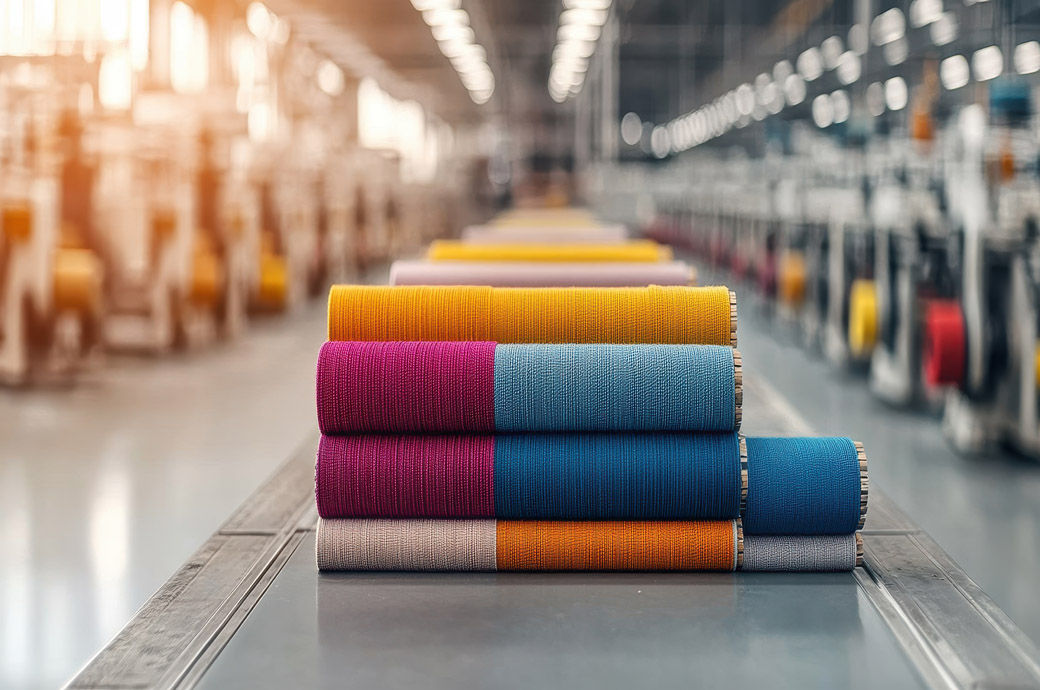
It decreased by 2.8 per cent year on year (YoY) in the euro area and by 2.4 per cent YoY in the EU in the month.
In August this year, industrial production grew by 1.5 per cent MoM in the euro area and by 1.2 per cent MoM in the EU, an Eurostat release said.
In the euro area in September, compared with August, industrial production remained stable for intermediate goods, decreased by 1.5 per cent for energy, decreased by 3.8 per cent for capital goods, increased by 0.5 per cent for durable consumer goods and increased by 1.6 per cent for non-durable consumer goods.
In the EU, industrial production decreased by 0.1 per cent MoM for intermediate goods, decreased by 1.6 per cent MoM for energy, decreased by 3.2 per cent MoM for capital goods, increased by 0.3 per cent MoM for durable consumer goods and increased by 0.5 per cent MoM for non-durable consumer goods.
The largest monthly decreases were recorded in Ireland (minus 10.7 per cent), Denmark (minus 5 per cent) and the Netherlands (minus 2.9 per cent). The highest monthly increases were observed in Croatia (plus 5.8 per cent), Portugal (plus 2.7 per cent) and Slovenia (plus 1.6 per cent).
In the euro area in September 2024, compared with the same month last year, industrial production decreased by 2.6 per cent for intermediate goods, increased by 1.9 per cent for energy, decreased by 6.4 per cent for capital goods, decreased by 1.7 per cent for durable consumer goods and increased by 4.8 per cent for non-durable consumer goods.
In the EU, industrial production decreased by 2.5 per cent YoY for intermediate goods, increased by 1.4 per cent YoY for energy, decreased by 5.6 per cent YoY for capital goods, decreased by 1.5 per cent YoY for durable consumer goods and increased by 4.5 per cent for non-durable consumer goods in the month.
The largest annual decreases were recorded in Ireland (minus 7.3 per cent), Luxembourg (minus 6.3 per cent) and Hungary (minus 5.3 per cent). The highest YoY increases were observed in Denmark (plus 7.8 per cent), Belgium (plus 6 per cent) and Lithuania (plus 3.5 per cent).
Fibre2Fashion News Desk (DS)